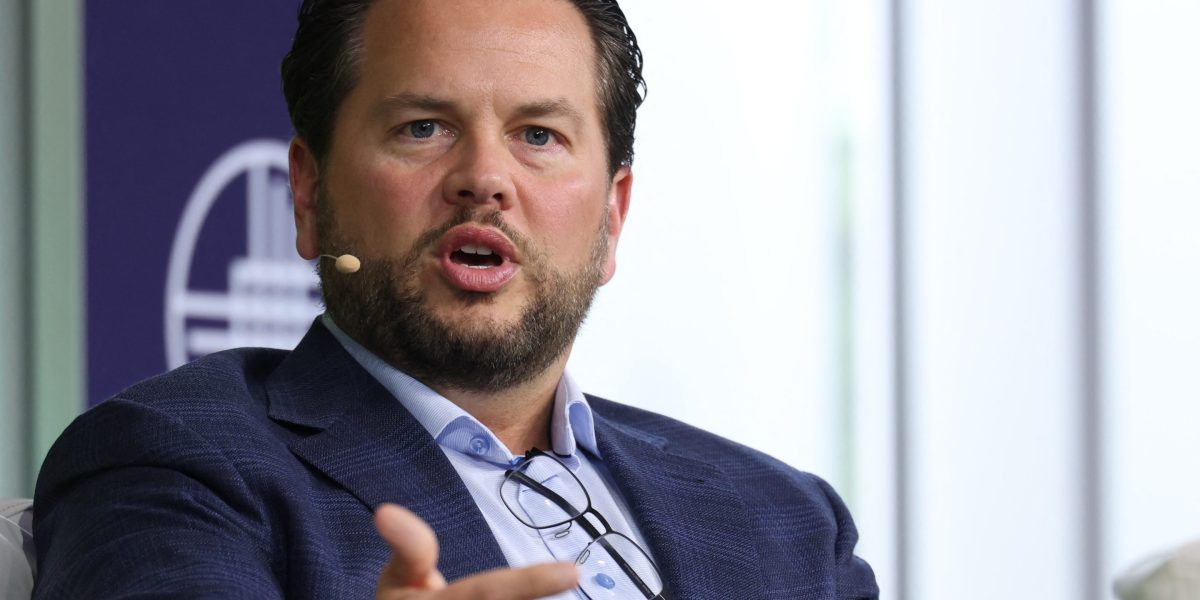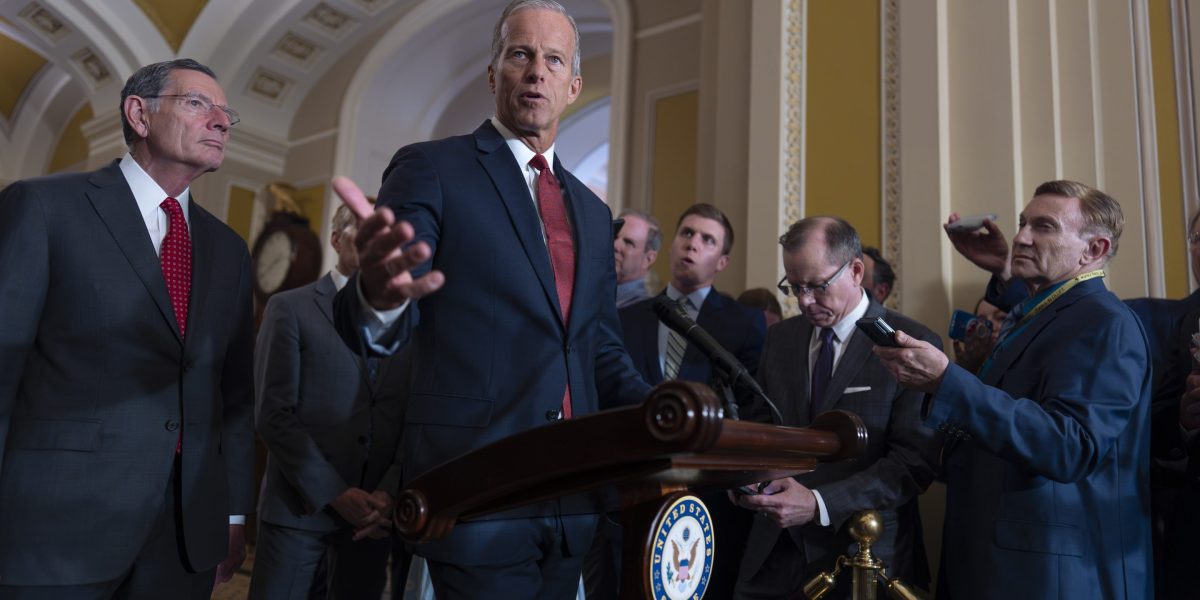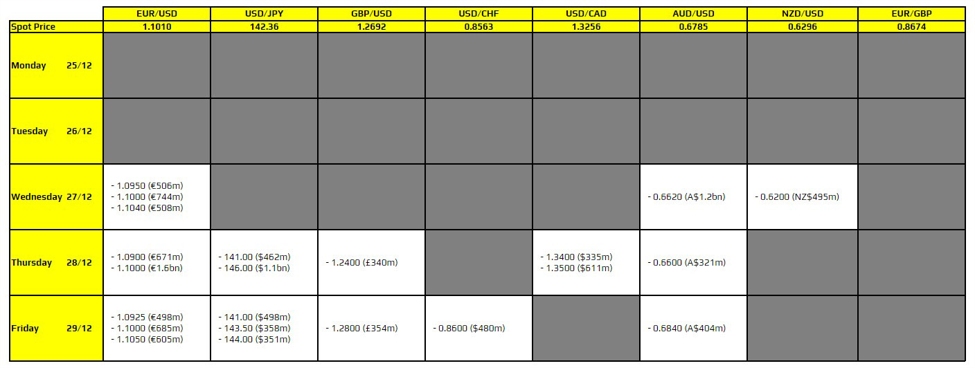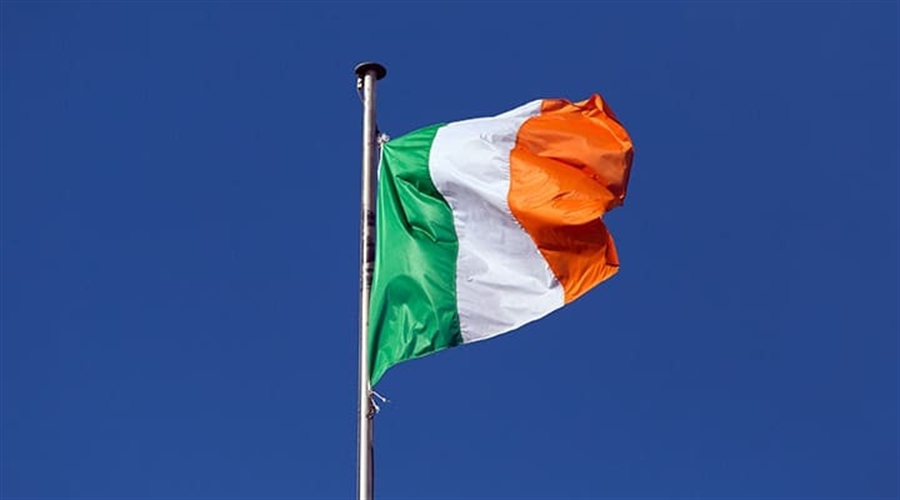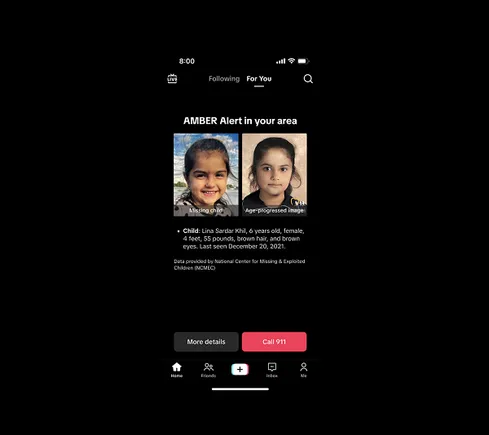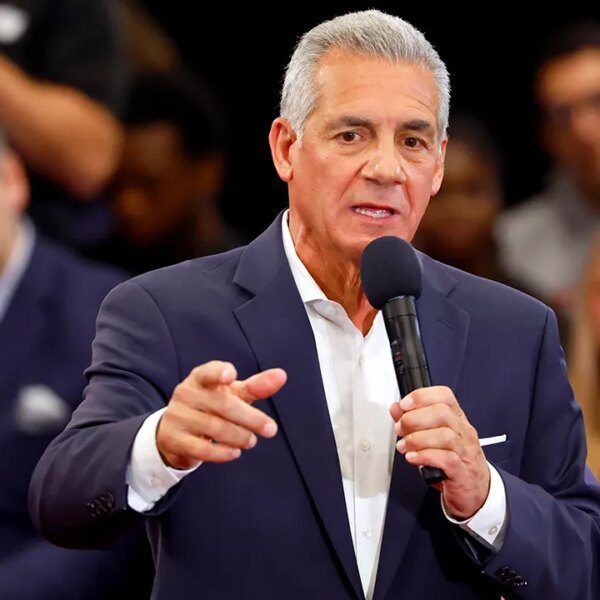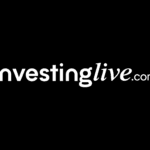
Pinterest CEO Bill Ready made a decision three years ago that Wall Street didn’t like: He would prioritize the long-term well-being of users over short-term engagement metrics, even if it meant watching the company’s stock price tumble.
The gamble has paid off. The visual discovery platform now boasts more than 570 million active users, with Generation Z representing over 40% of its user base—its largest and fastest-growing demographic.
Pinterest’s stock price today sits up 86% from when Ready took over as CEO in June 2022, although it remains 58% down from its all-time high amid the COVID pandemic in February 2021.
“There’s a good business in positivity,” Ready told Fortune in an interview at Cannes Lions. “We can do well by doing good, and it really is about short-term versus long-term.”
After taking the reins at Pinterest, Ready’s most controversial move came in 2023, when Pinterest became the first major platform to make accounts for users under 16 private-only by default, preventing young users from being discoverable to strangers online and restricting certain social features.
The decision triggered immediate backlash from investors concerned about user engagement, with the stock price plunging 26% between April 14 and May 5, 2023.
“When we announced that, people thought it would be our death with Gen Z,” Ready recalled. “But a year later we had nearly doubled because it was core to why we won with Gen Z.”
Ready’s somewhat contrarian approach reflects his broader philosophy that platforms can thrive by focusing on user health rather than maximizing screen time.
Unlike other social media companies that optimize algorithms to show users content that triggers the strongest reactions, Pinterest redesigned its artificial intelligence to prioritize what users consciously choose to see again, not just what captures their attention momentarily.
“Social media became toxic when it switched from being a chronological feed of what your friends posted to what the AI thought you should see,” Ready explained.
“The AI figured out you look longer at the things that trigger you. We [the tech industry] started tuning for maximizing view time with the same triggering content rising to the top.”
Pinterest’s algorithm now appeals to what Ready calls “conscious choice versus unconscious choice.”
Using the metaphor of drivers slowing down to look at car accidents, Ready noted that while people may glance at disturbing content, they don’t actually want to see more of it. “If you ask somebody afterwards, ‘Would you like to see another one?’ The vast majority of people say, no, that was terrible.”
Pinterest capturing Gen Z
The strategy has resonated particularly well with Gen Z users.
“If you ask a Gen Z user why do you go to Pinterest, there’s two things they’ll reliably tell you,” Ready said. “The first, Pinterest just gets me. But the other really big part is they see Pinterest as an oasis away from the toxicity they experience elsewhere online.
“It shouldn’t be controversial to say that we should be committed to the long-term health of our users. But what I’m trying to prove is that there’s a good business in positivity.”
The company has quickly extended its youth-focused initiatives beyond privacy settings.
Pinterest shows pop-up messages to school-age users during school hours, encouraging them to return after classes, although this prompt can be ignored and bypassed.
It has also advocated for phone-free schools while working with politicians and regulators on both sides of the Atlantic.
“You’ve got to have the conviction and the courage to say I believe this is right”
Ready acknowledges the pressure that comes with making decisions that initially displease investors.
“You’ve got to have the conviction and the courage to say no, I believe this is right, but I’m going to see it through,” he said. “But you also have to deliver results.”
For Pinterest, those results have validated Ready’s long-term approach.
The platform has achieved what Ready calls “something that is extremely rare amongst consumer apps”—it is “actually aging down” by successfully attracting younger users, reversing a previous trend of aging up and out.
The company’s success during the advertising industry downturn has positioned it to take market share as economic uncertainty continues.
“My bet was that if we give them an alternative, they’re going to choose it,” Ready said of Gen Z users. “Fortunately, that’s worked out for us.”

